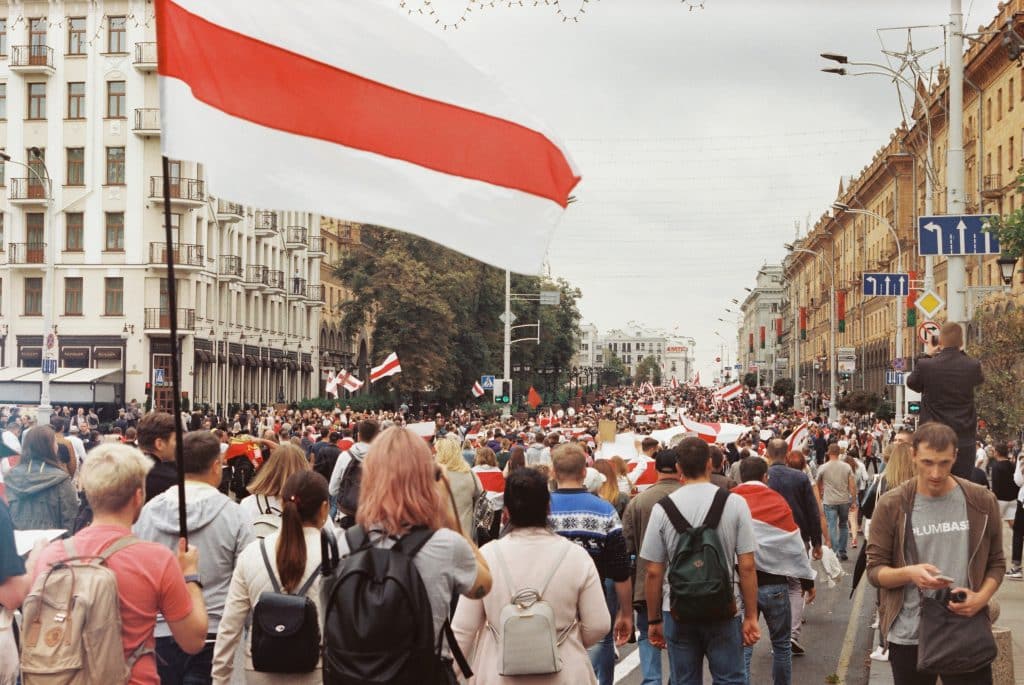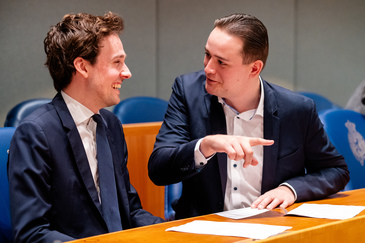Since May 2020, the Belarusian people have been protesting against the re-election of President Aleksandr Lukashenko. With a 26-year term, Lukashenko is one of the longest-serving - and most autocratic - heads of state in Europe. Although the Belarusian people have spoken out against electoral fraud under Lukashenko many times before, the current protests are unprecedented - never before have so many people mobilised in such a sustained and organised manner against the incumbent president. Why are the protests so persistent just now? And what kind of strategy should the European Union adopt regarding the protests in neighbouring Belarus?
Women at the forefront
To explain the scale and longevity of the current protests, we need to look at the composition of the protesters. Whereas previous anti-Lukashenko protests were mainly led by a small pro-democracy movement, the current demonstrations are finding support across society. The high involvement of women is striking. This is an important factor if we want to understand why the protests are so persistent just now. In male-dominated Belarusian politics, women are still considered apolitical. This has given the protesters a strategic advantage. Precisely because women are underestimated as political actors by Lukashenko, women in Belarus have been given more leeway to criticise the regime.
Working class turns against Lukashenko
In addition, Lukashenko seems to be slowly losing the support of the working class, his traditional constituency. Whereas workers in state-owned companies used to depend mainly on Lukashenko and would not readily speak out politically, the tide now seems to be turning. Without the support of these workers, the president has his back against the wall. Indeed, the Belarusian economy depends heavily on the running of the many state-owned enterprises.
The Belarusian political elite
With several segments of Lukashenko's traditional constituency gradually turning against him and his position becoming increasingly precarious, the question is how the political elite will react. In a political system where patrimonialism is a major factor, a president is constantly at risk of the lame duck syndrome. This occurs when elite actors withdraw their support from the patrimonial leader. This process is usually triggered when there is a high level of political discontent among the population.
A strategy at European level
A key feature of the current protests is that none of the actors are making geopolitical or ideological statements. Instead, protesters collectively seek fair elections. Precisely because ideological differences are not addressed and the geopolitical dimension is absent, this demand can be supported by a broad cross-section of Belarusian society. Should the European Union seek rapprochement with the demonstrators in Belarus, the latter will have to be taken into account. Where European member states can play a supporting role (e.g. by hosting political refugees), an overt 'geopoliticisation' of the current demonstrations should be avoided. Indeed, this would do irreparable damage to the legitimacy of the protests.
By: Barbara Roggeveen
Photo: Unsplash





